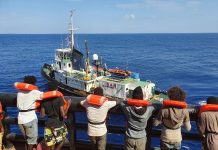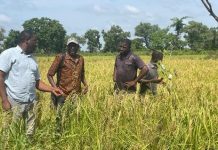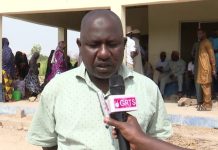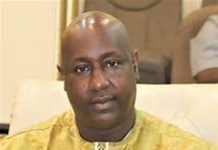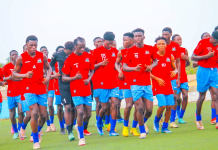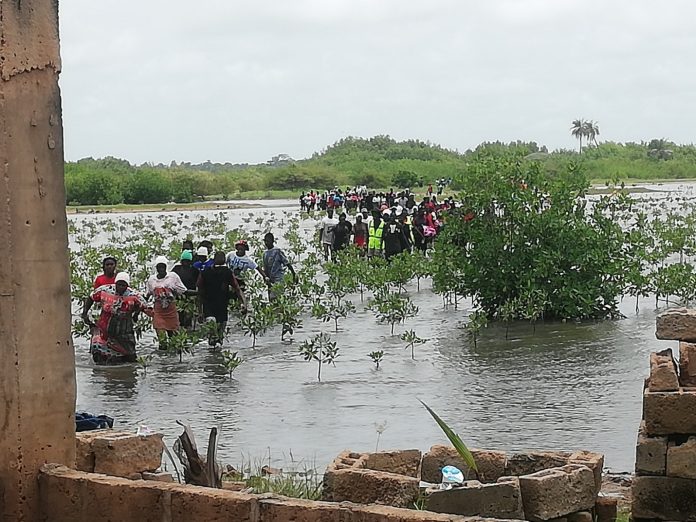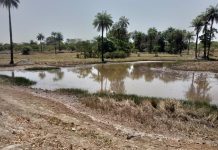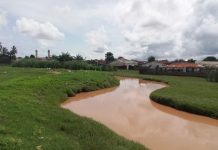By Madiba Singhateh
On the shores of Kombo South, the tide rolls in quietly, brushing against patches of bare, dying mudflats where once a lush mangrove forest stood tall. For the people of Sanyang, these wetlands were more than just trees. They were nurseries for fish, protection against storms, and the heartbeat of their coastal life.
But in recent years, the mangroves began to die back, their roots exposed, their canopies thinning. Alarmed by the sight, a group of determined young men and women decided not to stand by idly. They formed the Sanyang Youth Association for Environmental Protection and Development (SANYEP) and set out to bring their wetlands back to life.
On Monday, August 25, SANYEP members returned with shovels, seedlings, and unyielding spirit to plant thousands of young mangroves along 11 hectares of degraded wetland in their hometown. Just a week earlier, they had completed a similar mission in Tanji, restoring another 12 hectares.
Habib Bojang, the Executive Director of SANYEP, stood among the volunteers, hands muddy from planting. His voice carried both urgency and hope as he explained why their efforts mattered.
“As we grew older, we realized most of these mangroves were dying,” he said. “Before we began restoring this place, we conducted research to understand the causes of the diebacks. We found that both human activities and natural processes were responsible.”
Bojang painted a vivid picture of the mangrove ecosystem, an intricate web of life where plants and animals depend on each other. “These wetlands are not just about trees. We see crabs and other species living here. This is where mutualism occurs. For instance, crabs help neutralize the soil, and in turn, the mangroves benefit from the nutrients to survive.”
For fishermen, mangroves are lifelines. Bojang explained that nearly 75% of fish use mangrove swamps as breeding grounds. “When fishes in the river or ocean are about to deliver, they come here for protection before taking their young ones back into the ocean. That’s why losing mangroves means losing fish,” he warned.
The day’s restoration was more than a youth project, it was a community affair. From the Alkali of Sanyang to the ward councillor, women’s groups, football clubs, and villagers, people turned out to dig, plant, and cheer. Bojang was quick to thank them all, saying their support showed the true spirit of Sanyang.
For Kebba Jabang, the project coordinator, the restoration drive is part of a much bigger mission. Standing knee-deep in the wetland, he reflected on the journey. “We’ve been replanting mangroves in Kombo South since 2021,” he said. “Our main objective is to protect coastal areas in Kombo South, not just in Sanyang but also in surrounding communities, because we know The Gambia is very vulnerable to climate change. As youth of Sanyang, we feel it is our responsibility to protect our environment.”
With support from Blue Ventures and collaboration with partners in Senegal, the young conservationists have been able to expand their impact. For Jabang, the science is clear: “Mangroves are very important for carbon sequestration and habitat protection.”
As the sun set on Sanyang’s wetlands, rows of fresh seedlings stood as a testament to resilience and hope. Each tiny plant held the promise of restored fish stocks, stronger coastlines, and cleaner air.
In a country where climate change is already reshaping daily life, the youth of Sanyang have shown that the fight to protect the environment begins at home, with muddy hands and determined hearts.

